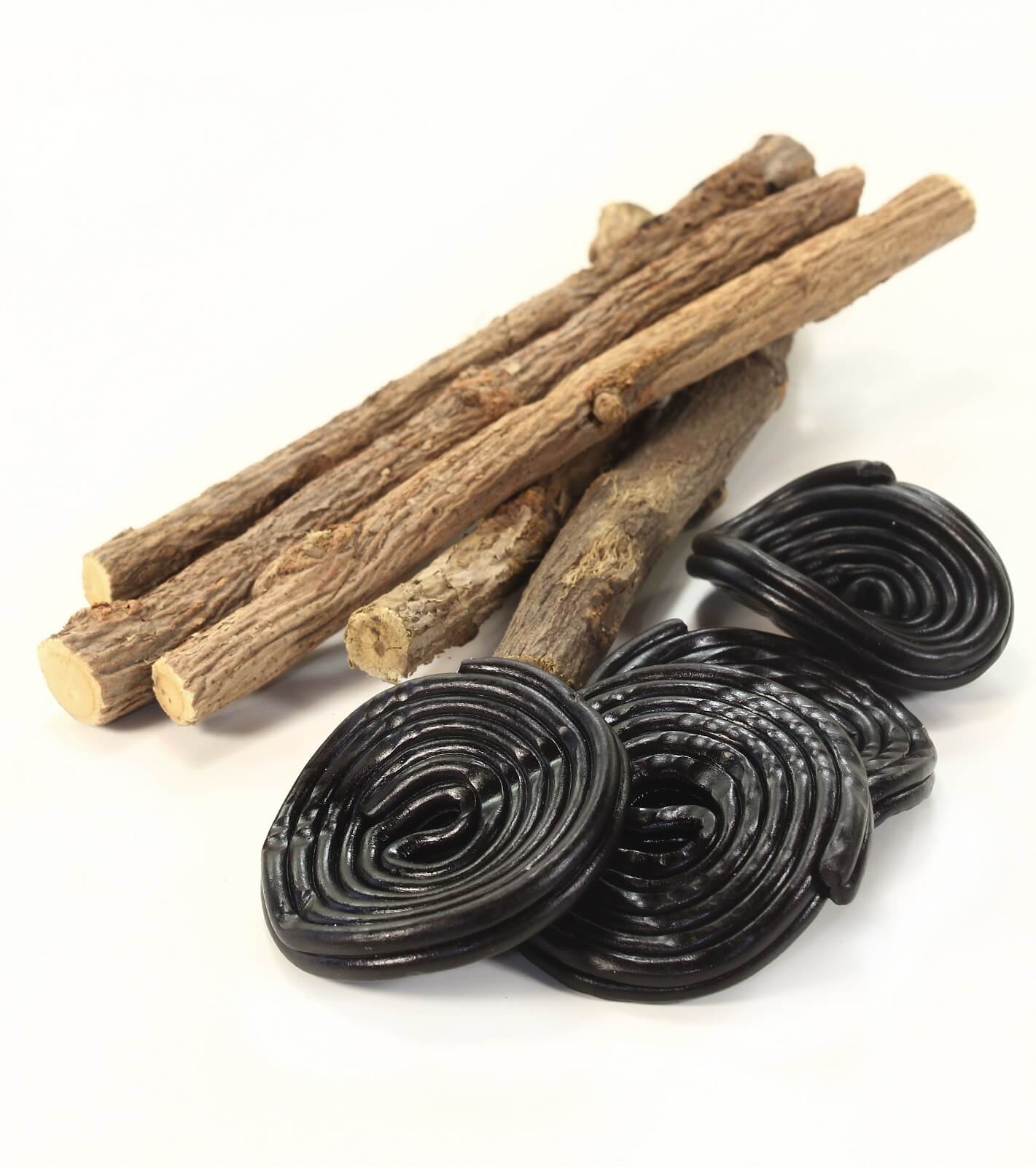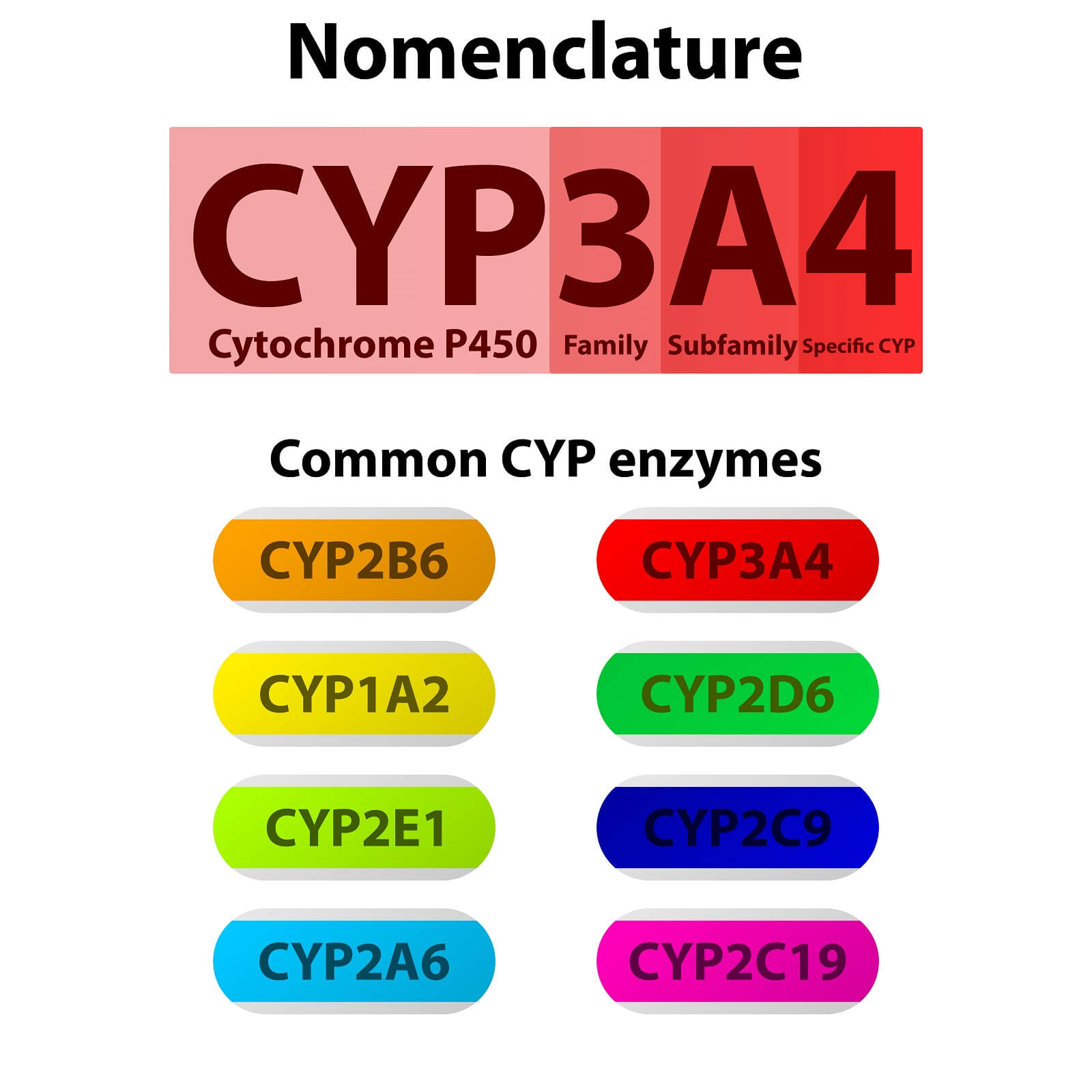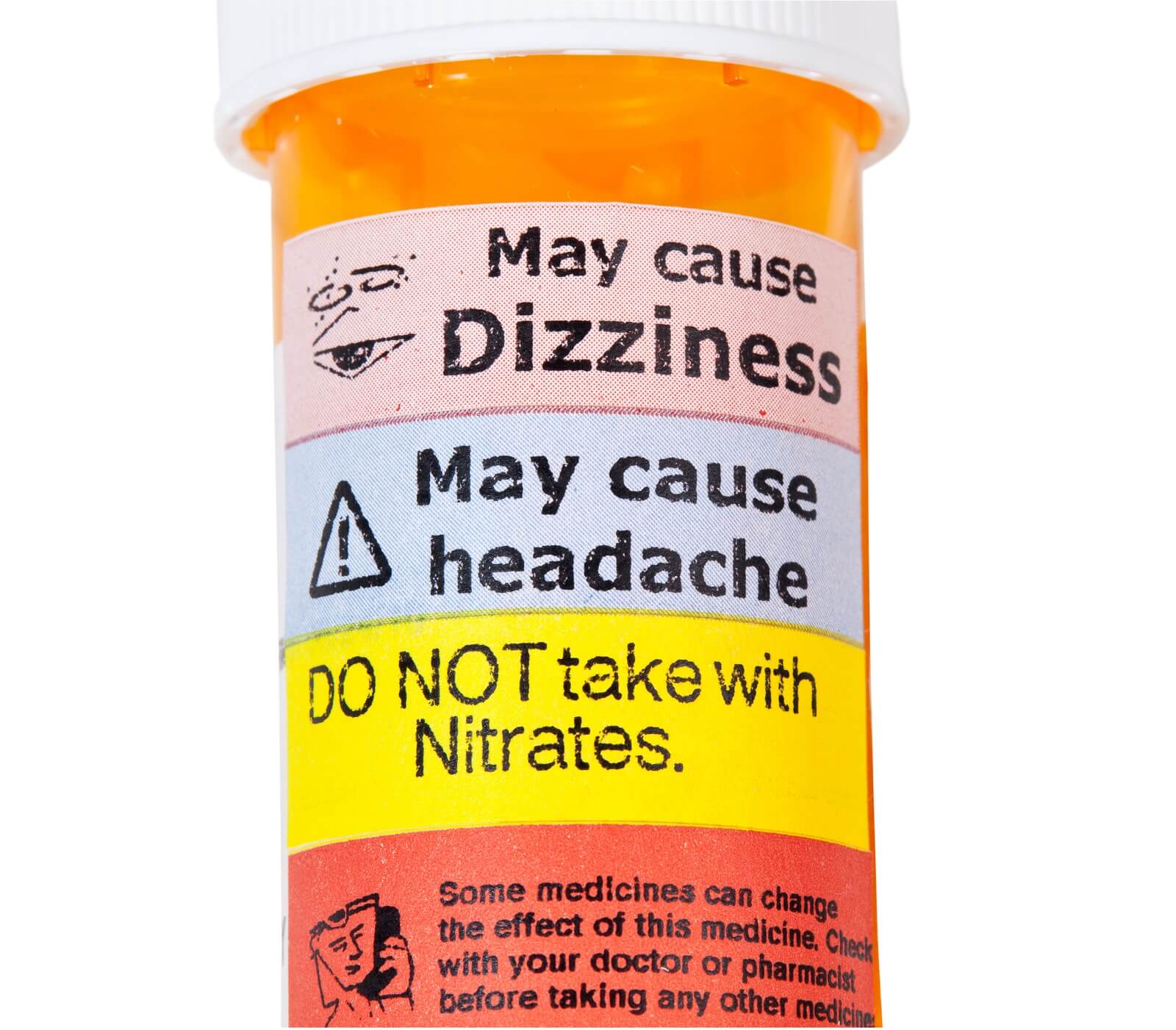
Licorice (Glycyrrhiza glabra) is a powerful medicinal herb that does have some real side effects. Yet, licorice and licorice derivatives, at various concentrations of glycyrrhizin, are given Generally Recognized as Safe (GRAS) status by the United States FDA.(source 1) But it appears these dosages defined as GRAS are regularly exceeded by scientific studies and the European Union.
Therefore if you want to use licorice medicinally, there are definitely some potential side effects to be aware of.
Licorice has been well studied by science, and there are special preparations of licorice that have the glycyrrhizin removed or substantially lowered. This is known as deglycyrrhizinated licorice.
Taking out the glycyrrhizin may impact the therapeutic value of licorice; but it does provide a safer version of the herb. Some herbalists may prefer not using deglycyrrhizinated licorice.
You may want to discuss what kind of licorice you should use with a medical professional if you are wary of the potential side effects.
More on the FDA’s GRAS Status for Licorice
The FDA defines different maximum concentration levels of glycyrrhizin for different licorice products; and, they must conform to these concentrations to be GRAS. Hard candy, for instance, is given a maximum glycyrrhizin content of 16%. Yet, vitamin or mineral dietary supplements are limited to a maximum concentration of 0.5% glycyrrhizin.
The European Union suggested a 100 mg/day dose of glycyrrhizin as the maximum limit; this dose equals approximately 60 to 70 grams of licorice.(source 19) Given these figures the average glycyrrhizin content of licorice appears to be 0.00167%.
But, as you may have guessed, the FDA probably expects that you take one supplement containing a maximum of 0.5% glycyrrhizin per day. So, a typical herbal pill will contain 550 mg of material, and a 0.5% concentration will then equate to 2.75 mg.
As you will see when we discuss dosage guidelines, there are some differences in opinions; but a general consensus does exist.
General Side Effects of Licorice:
- High doses of licorice inhibits the 11-β-hydrogenase type II enzyme (11β-HSD2) needed to transform cortisol to cortisone; this causes pseudohypoaldosteronism.(source 19)
- Pseudohypoaldosteronism is a syndrome that causes hypokalemia (low potassium levels in the blood), metabolic alkalosis, and lowered renin due to the lack of elevated aldosterone levels.(source 2)
- The conversion of cortisone into cortisol plays an important role in lung development. Glycyrrhizin has caused impaired development of respiratory systems in rats as a result.(source 11)
- As a result DO NOT take licorice if you are pregnant and do not give licorice to babies.
- Licorice contains several compounds that mimic estrogen, and licorice is often used as a type of alternative hormone replacement therapy.(source 5)
- Licorice should not be used with oral contraceptives.(source 19) And, it would be good to avoid high doses of licorice if you are taking any kind of estrogen influencing drug!
- Licorice inhibits human cytochrome P450 enzymes (CYP).(source 12)
- CYP is an enzyme that metabolizes many artificial drugs; about 90% synthetic drugs are metabolized by these enzyme;(source 10)
- We will present a good list of drugs that licorice can interact with (including the blood thinner warfarin) due to the CYP connection later in this article. As a result, talk to a doctor before consuming a lot of licorice if you are taking prescription drugs.
- Licorice also has a vasospastic (the contraction of blood vessels reducing their caliber and blood flow) effect that comes about due to the herb's effects on the nitric oxide and endothelin systems.(source 11) It can also interact with the blood thinner warfarin.
- Licorice can cause hypertension.(source 19)
- As a result, talk to a medical professional before taking licorice if you have heart problems, blood pressure problems, or are taking blood thinners.
- People with kidney impairment are going to be more sensitive to the side effects of licorice.(source 19)
- Licorice can cause hypokalemia (extremely low levels of potassium in the blood).(source 11)
- Hypokalemia can lead to problems such as irregular heartbeat, lower cardiac output, muscle weakness, mental apathy, and ascending paralysis.(source 3)
Dr. John Herzog (MD)
Dr. John Herzog, a "survival surgeon" from Maine explains what home remedies work best in a crisis situation.
This may be important in the event you require first-aid or are in an emergency situation without easy access to a hospital. Dr. John Herzog has assembled a large collection of home remedies for such scenarios.

Licorice’s Effects on Estrogen

Licorice contains a variety of chemicals that influence estrogen. Licorice root extracts are often used as herbal dietary supplements by menopausal women as an alternative to pharmaceutical hormone replacement therapy.(source 5)
Perhaps the two most well known chemicals are isoliquiritigenin, and its active metabolite liquiritigenin; both of which have been demonstrated to have estrogenic activity both in vitro (in a test environment outside of living organisms) and in vivo (in a living organism).(source 4)
The reason why licorice influences estrogen is due to several chemicals in the plant being estrogen agonists. An agonist is a chemical that binds to a receptor of a cell and produces the same result in the cells as the substance that normally binds to the receptor.(source 6) As a result, your body will respond to these chemicals in licorice like it does to estrogen.
A 2016 study in Steroids(source 5) reveals that several phytochemicals (plant chemicals) in licorice are estrogen agonists. The study states the following chemicals in licorice powder (Glycyrrhiza glabra) were estrogen agonists:
- Liquiritigenin
- Isoliquiritigenin
- Calycosin
- Methoxychalcone
- Vestitol
- Glycycoumarin
The study found the best estrogen agonist was methoxychalcone, which was followed by liquiritigenin, and isoliquiritigenin. The authors found it interesting that methoxychalcone had intrinsic activities equal to estradiol (a type of estrogen hormone and the primary female sex hormone) in relation to stimulation of proliferation and activation of estrogen regulated genes. Yet, methoxychalcone was only able to produce this activity at concentrations much higher than those estradiol needed to produce similar effects.
Claire Goodall’s Amazing Guide
Clair Goodall is a bee-obsessed, natural medicine convert from Minnesota (USA). And, she does keep bees!
Clair has created 350+ page book documenting how to replace the toxic products and medications in your home with healthier, all-natural alternatives.

Drug Interactions with Licorice

When dealing with herbs, one good question to ask is if the herb influences human cytochrome P450 enzymes (CYP). This is because about 90% synthetic drugs are metabolized by these enzymes;(source 10) and therefore substances that modulate CYP can cause these drugs to perform differently than intended.
Concerning Licorice, it does have an influence on CYP.(source 11)
What are Human Cytochrome P450 Enzymes?
So what is CYP? CYP is a heme protein that has a crucial role in the metabolism of drugs and other chemicals foreign to the body (i.e., xenobiotics).(source 7)
Heme proteins are among the most versatile of metalloproteins.(source 8) Metalloproteins (metal-binding proteins) are very common in biological systems. In the majority of metalloproteins, the metal ion provides a specific biological function.(source 9)
According to a 2007 study in American Family Physician,(source 10)(source 10) CYP is essential for metabolizing many drugs. The following quote from this study discusses this:
Cytochrome P450 enzymes are essential for the metabolism of many medications. Although this class has more than 50 enzymes, six of them metabolize 90 percent of drugs, with the two most significant enzymes being CYP3A4 and CYP2D6...
Cytochrome P450 enzymes can be inhibited or induced by drugs, resulting in clinically significant drug-drug interactions that can cause unanticipated adverse reactions or therapeutic failures. Interactions with warfarin, antidepressants, antiepileptic drugs, and statins often involve the cytochrome P450 enzymes.
American Family Physician [76.3 (2007): 391-396]
Licorice Inhibits Cytochrome P450 Enzymes
According to a 2017 study in the European Journal of Pharmaceutical Sciences(source 12) fourteen licorice phytochemicals (plant chemicals) inhibit CYP. The study evaluated different species of licorice as well.
Glycyrrhiza glabra showed a weak inhibition of CYP3A4 and moderate inhibitory effects against CYP2C19, CYP2C9, CYP2B6, and CYP2C8.
This study states the following in their overview:
The three licorice species [Glycyrrhiza glabra, Glycyrrhiza uralensis, Glycyrrhiza inflata] commonly used in botanical dietary supplements have varying potential for drug-botanical interactions as inhibitors of cytochrome P450 isoforms. Each species of licorice displays a unique profile of constituents with potential for drug interactions.
European Journal of Pharmaceutical Sciences [109 (2017): 182-190]
A 2014 study in the The AAPS Journal(source 13) analyzed licorice water extract and several isolated chemical compounds in licorice in regards to their influence on CYP. The study found that an array of licorice phytochemicals can significantly inhibit the activity of cytochrome P450 isozymes in vitro.
The phytochemicals present in licorice water extract that produced this inhibition of CYP were as follows:
- Liquiritigenin
- Isoliquiritigenin
- Glycycoumarin
- Semilicoisoflavone B
- Kumatakenin
- Licoisoflavone A
- Licoricone (27)
- Glycyrol (30)
- Licoflavonol
- Topazolin
- Glycyrin
- Licoisoflavone B
Drugs Licorice may Interact With

The study also listed drugs (which they sourced from two different studies) that may have their metabolism altered by licorice’s influence on human cytochrome P450 enzymes (CYP). The list of drugs presented is as follows:
- amitriptyline (Elavil)
- atorvastatin (Lipitor)
- carisoprodol (Soma)
- celecoxib (Celebrex)
- diazepam (Valium)
- diclofenac (Voltaren)
- fexofenadine (Allegra)
- flecainide (Tambocor)
- glipizide (Glucotrol)
- haloperidol (Haldol)
- ibuprofen (Motrin)
- imipramine (Tofranil)
- irbesartan (Avapro)
- itraconazole (Sporanox)
- ketoconazole (Nizoral)
- lansoprazole (Prevacid)
- losartan (Cozaar)
- metoprolol (Toprol-XL)
- nelfinavir (Viracept)
- omeprazole (Prilosec)
- ondansetron (Zofran)
- ondansetron (Zofran)
- pantoprazole (Protonix)
- paroxetine (Paxil)
- phenytoin (Dilantin)
- propranolol (Inderal)
- risperidone (Risperdal)
- theophylline (Theo-Dur)
- torsemide (Demadex)
- tramadol (Ultram)
- triazolam (Halcion)
- venlafaxine (Effexor)
- verapamil (Calan, Isoptin)
- warfarin (Coumadin)
Licorice’s Cardiovascular Side Effects

According to the 2019 study in Foods(source 11) although licorice has been traditionally prescribed for the treatment of cardiovascular problems, it can cause some negative effects. The most serious of these are cardiac arrhythmias (irregular heartbeat). This happens due to severe hypokalemia (extremely low potassium levels in the blood) that prolonged licorice intake can cause.
This study reported that, due to hypokalemia, several patients had a cardiac arrest with a subsequent recovery. Another study cited by this same paper describes the case of a coronary artery spasm brought on by licorice.
Licorice also has a vasospastic (the contraction of blood vessels reducing their caliber and blood flow) effect that comes about due to the herb’s effects on the nitric oxide and endothelin systems.
The same study also states that licorice can interact with heart medications; such as drugs used in the treatment of hypertension (high blood pressure) such as angiotensin converting enzyme (ACE)-inhibitors.
A case report, published in 2010 in the World Journal of Gastrointestinal Surgery,(source 14) described a woman with atrial fibrillation and using the blood thinning drug warfarin who also consumed black licorice.
The woman had an elevated international normalized ratio (INR) after eating a pound of black licorice. INR tests are done to measure the time it takes for blood to clot; and can be referred to as prothrombin time, or PT. A higher INR means your blood is clotting less, and a lower INR means your blood is clotting more.(source 15) This type of test is important if you are using blood thinners.
The woman was told to restrict licorice intake and have a follow-up INR test two weeks later. Quoting this case report, the authors state:
The components of its extract inhibit the P450 system enzymes that metabolize Warfarin, inhibit thrombin, and prolong fibrinogen clotting times. Hence, the anti-thrombotic activity and inhibition of warfarin metabolism might synergistically amplify anti-coagulation.
World Journal of Gastrointestinal Surgery [2.1 (2010): 30]
Licorice During Pregnancy
A 2017 study in Phytotherapy Research(source 16) investigated licorice’s possible side effects during pregnancy.
After reviewing other studies on the topic, licorice and glycyrrhizin salts were not found to be major teratogens (something that causes malformation of a fetus or embryo; resulting in birth defects when exposure occurs during pregnancy).
Yet, licorice was found to have weak capacity to induce DNA mutations, damage genetic information within a cell, carcinogenicity, and developmental toxicity effects.
Consequently, the use of Licorice during pregnancy and with newborns, was advised to be done with caution by this study.
The study also goes on to say that clinical studies that followed the use of licorice during pregnancy demonstrated that licorice can cause preterm delivery, a reduction of gestational age, and some change in hypothalamic–pituitary–adrenocortical axis function and cognitive dysfunction in the babies that are born by the mothers.
The 2019 study in Foods(source 11) also cautioned against licorice during pregnancy. According to the study the primary active chemical component of licorice is glycyrrhizin, which is converted to 3β-monoglucuronyl-18β-glycyrrhetinic acid (3MGA) and 18β-glycyrrhetinic acid (GA) in the intestines.
And although 3MGA and GA have many reported health benefits, they also inhibit the 11-β-hydrogenase type II enzyme (11β-HSD2) that transforms cortisol to cortisone. This review study cited a study that showed the ingestion of GA impaired the development of the respiratory systems in rats because the conversion of cortisone into cortisol plays an important role in lung development.
Dosage Guidelines for Licorice

Dr. James Duke, in his book The Green Pharmacy Herbal Handbook,(source 17) discusses licorice extensively. He provides the following dosage guidelines for this herb:
- One to three capsules standardized to contain 200 mg of licorice extract and 50 mg of glycyrrhizin (glycyrrhizic acid) per day.
- 200 to 600 mg of glycyrrhizin per day.
- 1/2 to 1 teaspoonof liquid extract per day.
- 2 to 4 tablespoons of fresh roots per day.
- 1/2 to 1 teaspoon of licorice tincture three times per day.
A 2020 study in Frontiers in Immunology(source 18) also provides some dosage guidelines for licorice. Importantly, the study states that glycyrrhizin is overall well-tolerated. It has an FDA statement of GRAS (generally regarded as safe).
The study states that a dose up to 100 mg/day used for a prolonged period of time is safe.
According to a 2021 study in Phytomedicine Plus,(source 19) the European Union suggested a 100 mg/day dose of glycyrrhizin as the maximum limit; this dose equals approximately 60 to 70 grams of licorice.
This study also cites research that suggested the safe daily consumption limit of glycyrrhizin is between 0.015 and 0.229 mg/kg body weight per day.
About the Author
Geoff Kent is a natural medicine enthusiast who has been researching and writing about natural medicine since 2008. Geoff is primarily a web developer, but also researches and authors written and video content about natural health. Geoff has a bachelor’s degree in Management Information Systems from the University of Northern Iowa.
More on Geoff KentImportant Disclosures & Disclaimers
It is important to use the information you find on Herbsey.com in the right way. Also for legal reasons, these disclaimers and disclosures are necessary. For further information about each, feel free to click the link provided to the page on this website that provides more information.
Medical Disclaimer
The information on this website is not a prescription for anyone. This information is for informational or educational purposes only, and is not a substitute for professional medical advice or consultations with healthcare professionals.
Advertisement Disclosure
Some of the links provided on this article and website are affiliate links. If you purchase a product after clicking on these links, Herbsey.com will earn a commission. Herbsey.com promotes various products through advertisement and text links. For more information: Our Advertisements.






